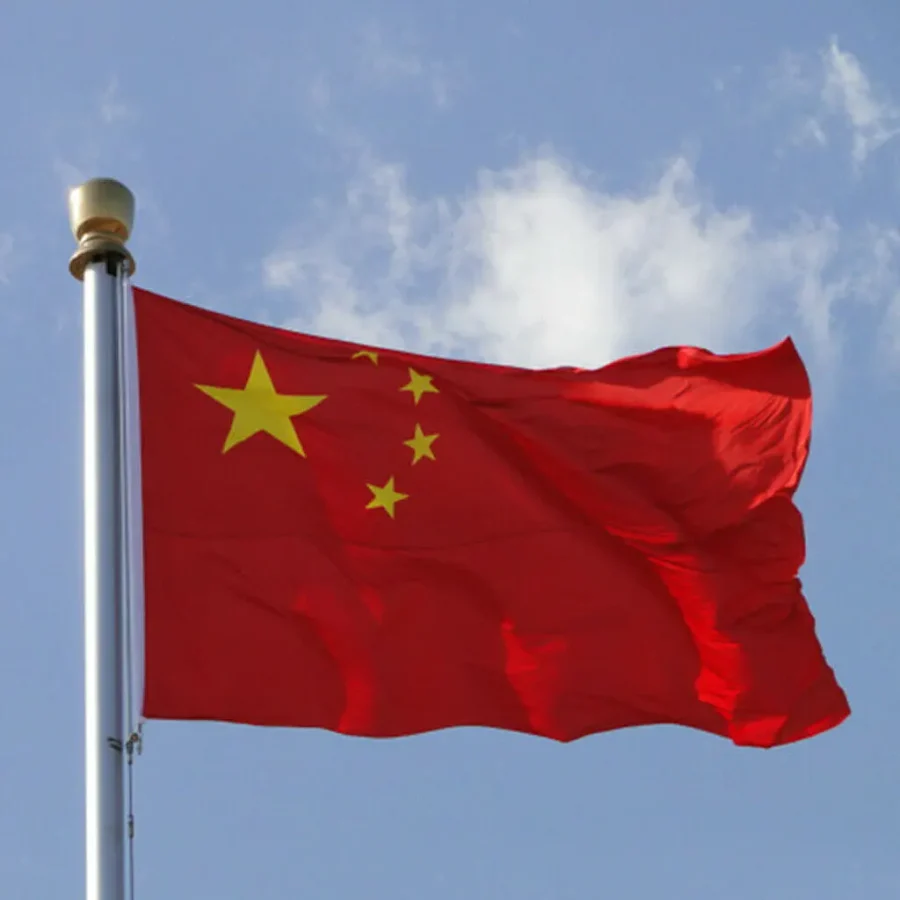China is poised to launch a robotic spacecraft, Chang’e 6, in the coming days for a groundbreaking mission to the far side of the moon. This mission will not only mark a significant step in lunar exploration but also highlight the collaborative efforts of multiple nations in advancing scientific knowledge.
The Chang’e 6 mission will carry payloads, including satellites, from Pakistan, France, Italy and Sweden underscoring the international cooperation in lunar exploration.
Meanwhile, according to the Institute of Space Technology of Pakistan, the satellite ICUBE-Q has been designed and developed by IST in collaboration with China’s Shanghai University SJTU and Pakistan’s national space agency SUPARCO.
ICUBE-Q orbiter carries two optical cameras to image the lunar surface. Following successful qualification and testing, ICUBE-Q has now been integrated with the Chang’e6 mission. Chang’e6 is the sixth in a series of China’s lunar exploration missions.
The launch activity will be telecast live on the IST website and social media platforms. Chang’6 will touch down on the moon’s far side to collect samples from the surface and return to Earth for research. The mission holds significance for Pakistan as it will also take a Pakistan CubeSat Satellite iCube-Q, developed by IST.
CubeSats are miniature satellites typically characterised by their small size and standardised design. They are constructed in a cubic shape, consisting of modular components that adhere to specific size constraints.
These satellites often weigh no more than a few kilogrammes and are deployed in space for various purposes. The primary purpose of cubesats is to facilitate scientific research, technology development, and educational initiatives in space exploration.










